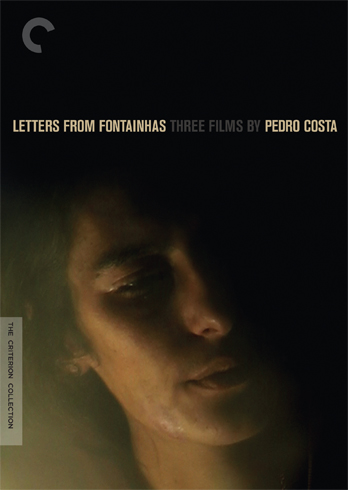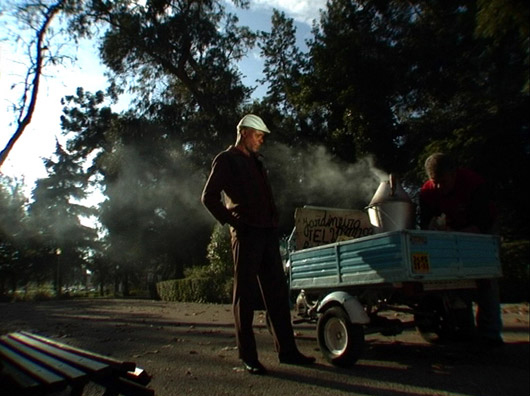Progress and Resistance in Central India, Part 2
 Tuesday, March 30, 2010 at 4:59AM
Tuesday, March 30, 2010 at 4:59AM For two months in 1999, I lived in a Gond village 11 km from the town of Dantewara in what was then Madhya Pradesh, India (the next year, in 2000, the Gond region was bifurcated by the creation of the new state of Chhattisgarh). The Gond villagers had been struggling for fifty years to survive despite increasingly polluted water supplies, no schools, no hospitals. Through an organization called Dakshinayan I worked on an ashram with villagers to build new irrigational structures, repair deep groundwater pumps, facilitate literacy and empowerment women's groups, teach English and bring medical supplies to remote villages. Despite the short time I spent there and the great amount of the history and politics I did not know, it was obvious to me that the tiny amount of "development" funding that was allocated for projects such as mine was completely insufficient, and that the official channels open to the tribal people of India to protest and take control of their own land and the resources within it were never going to be sufficient to make meaningful changes in the direction of increased hunger, poverty and dislocation they were heading.
Thinking further about Arundhati Roy's amazing article Walking With the Comrades, published earlier this month, concerning the tribal resistance movement in central India, has generated in me a flood of recollections of the two months in 1999 I spent as a volunteer on a watershed development and social justice project in the area that is now a Maoist stronghold. In light of the continuing assaults on the people of this area by the Indian miltary and their plans for escalated violence, I wanted to post some pictures from the time I spent there of the people I met and the landscape so rich in minerals as to attract the most focused and violent attention of capitalist forces worldwide. The children I worked with and met would now be in their late teens and early twenties, and could very well be among the lists of rebels killed each day.
I have also posted a personal essay I wrote about my trip to central India in 1999, a few months after returning home to California. I was eighteen years old, and did not know of much of the political activity that was surely going on around me in Dantewada. This essay is essentially a distillation of the notes I took and sort of seismological recording of the personal impact that the project had on me. You can read the essay here.































